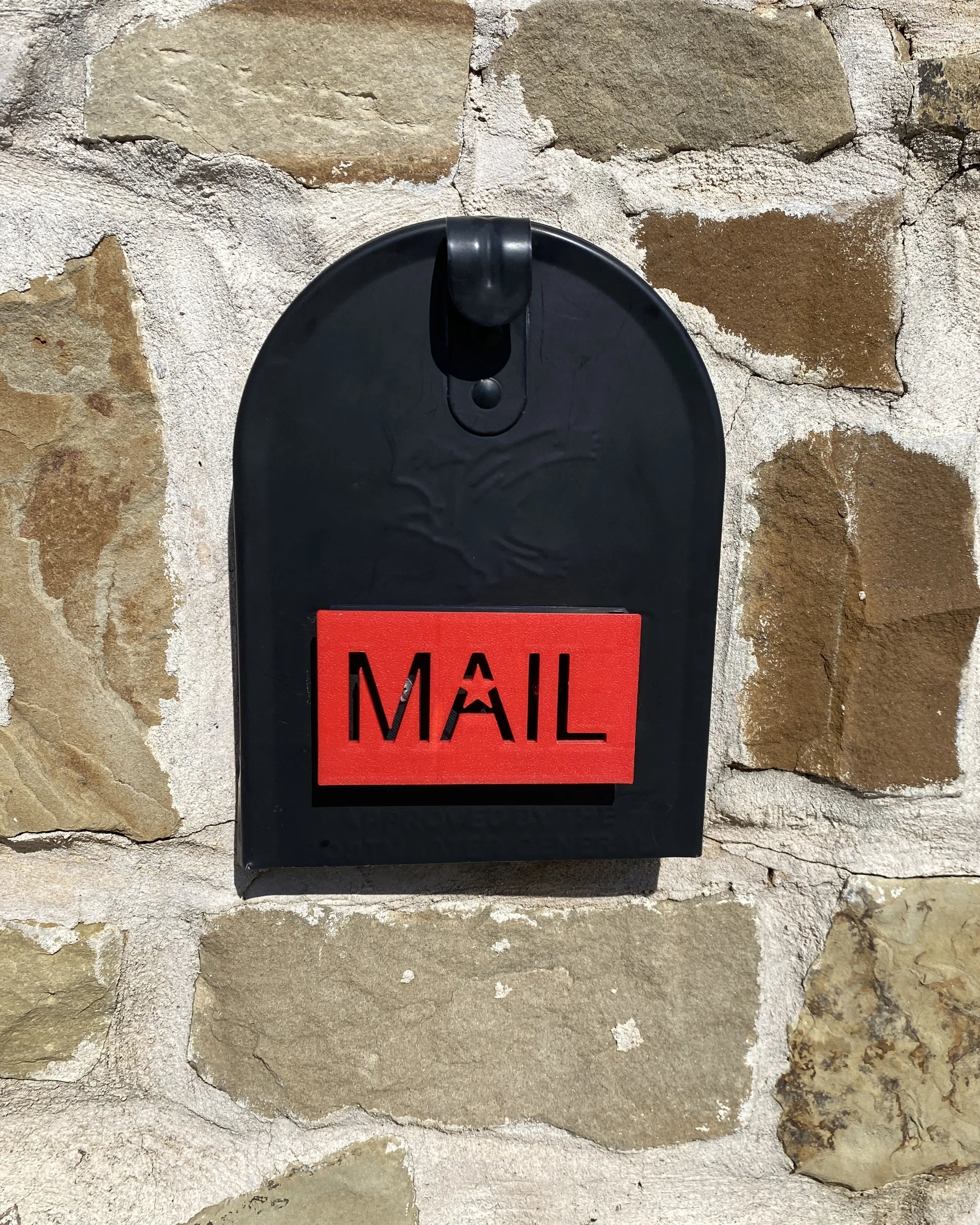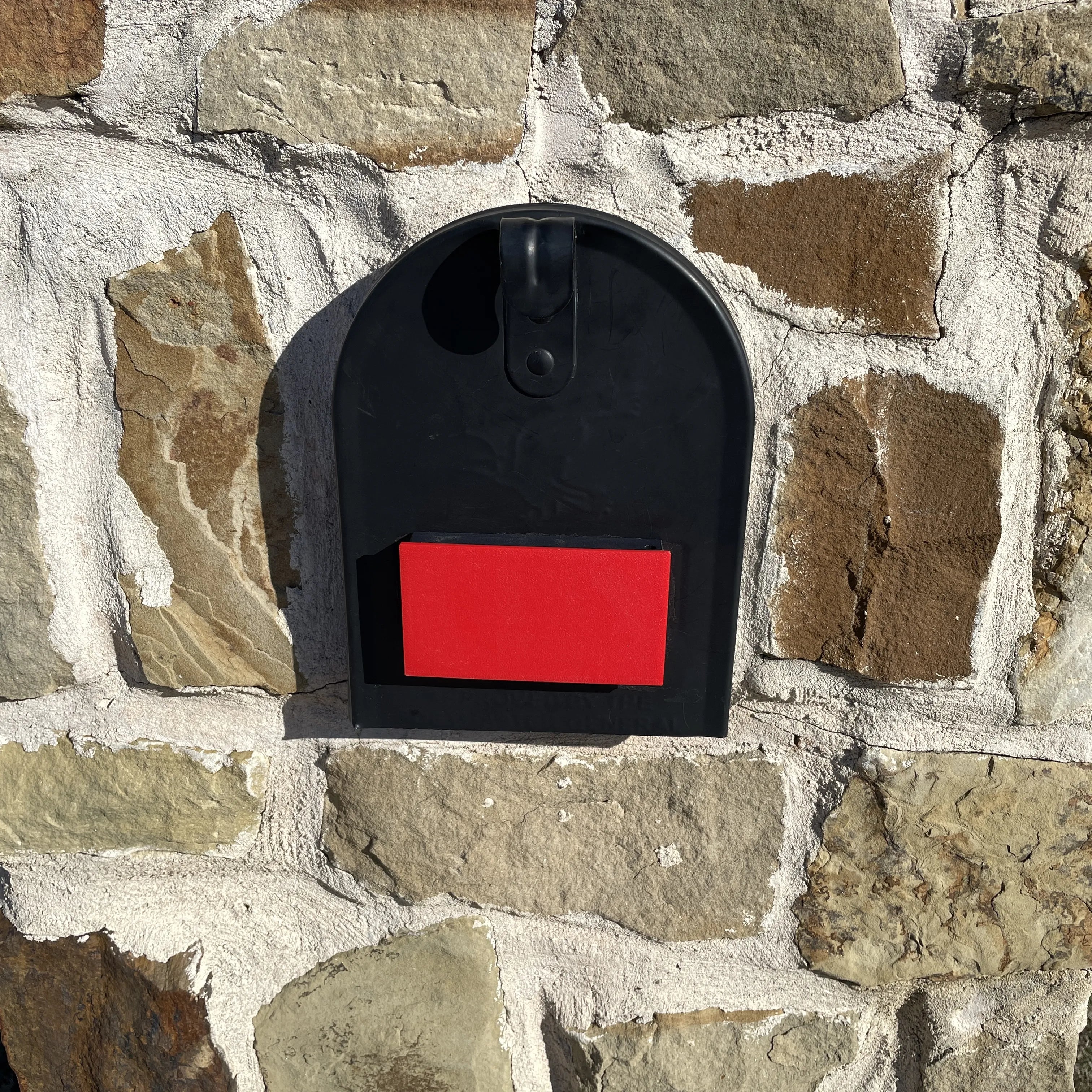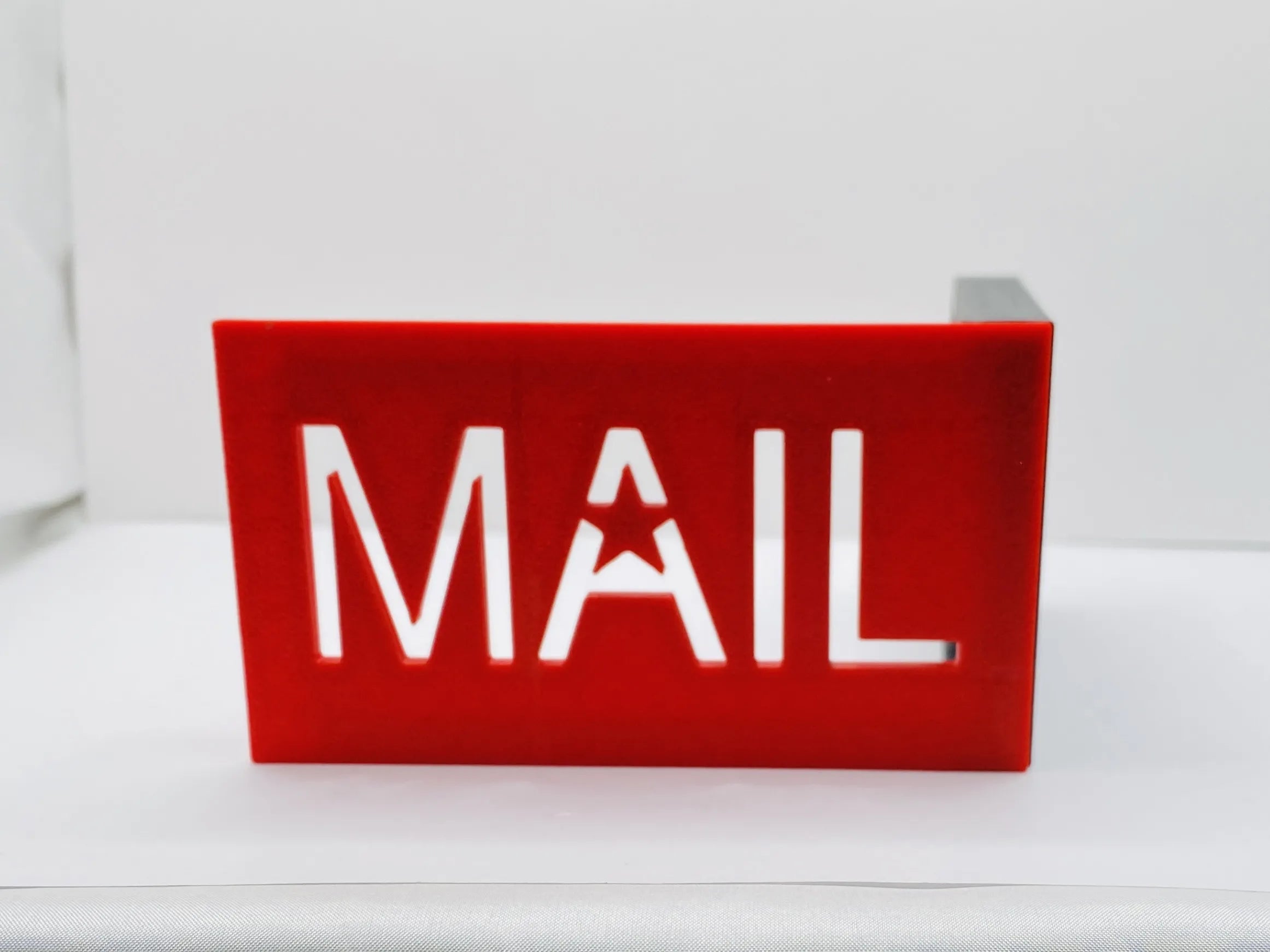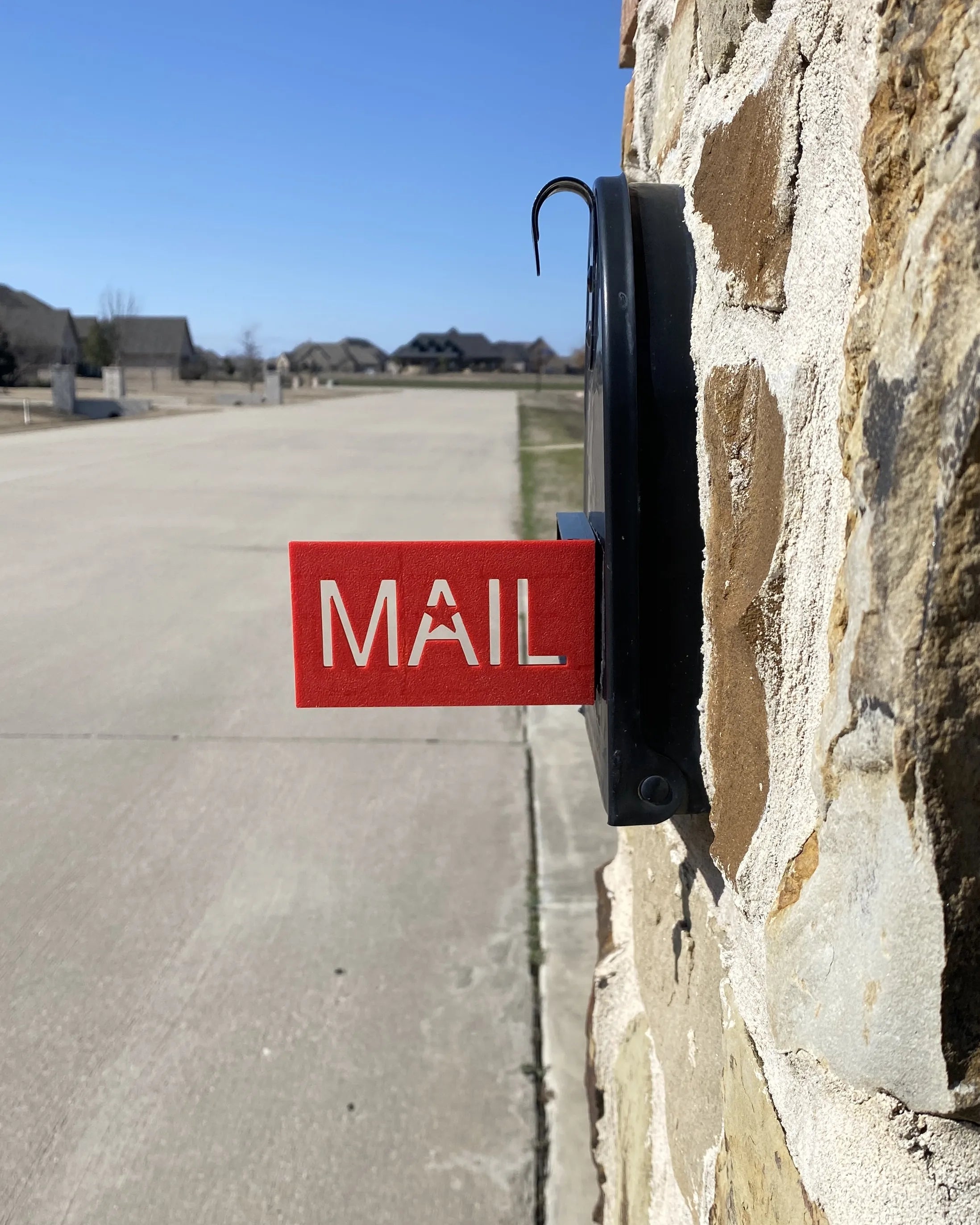The Evolution of Mailbox Designs: From Classic to Modern
The Evolution of Mailbox Designs: From Classic to Modern
For most of us, the mailbox is an everyday convenience—quietly sitting at the end of the driveway or mounted by the front door, delivering everything from personal letters to important documents and, more recently, online shopping packages. But while we often take them for granted, mailboxes have a rich history and have evolved significantly over the years to meet the changing needs of mail delivery and home design.
From the classic rural mailbox to today’s modern, high-tech versions equipped with smart features, mailboxes have transformed in both function and style. In this article, we’ll take a trip down memory lane and explore the evolution of mailbox designs, highlighting the key changes that have shaped the mailboxes we know today.
1. The Origins of the Mailbox: The Early Days
Before mailboxes became a standard feature outside homes, people had to collect their mail directly from the local post office. As mail delivery systems expanded and became more efficient, there was a growing need for a solution that allowed postal workers to leave mail securely at the recipient's home.
Rural Mailboxes: The Birth of a Classic
The first rural mailboxes appeared in the late 19th century, spurred by the U.S. Post Office Department’s Rural Free Delivery (RFD) service introduced in the 1890s. The idea was simple—postal carriers would deliver mail directly to rural homes rather than to the post office.
- These early mailboxes were often simple, homemade wooden or metal boxes mounted on posts near the road.
- The design was basic but functional, offering just enough space for letters and small packages.
As demand for rural mail delivery grew, the U.S. Post Office introduced the first standardized mailbox design in 1915, which became known as the T1-style mailbox. It was a metal, dome-shaped box with a curved top and a red signal flag to indicate outgoing mail. This design has since become the iconic rural mailbox style we still see today.
2. The Expansion of Urban Mailboxes
As urban areas expanded, mail delivery evolved to suit city living, where homes were often closer together, and space was more limited. In contrast to rural mailboxes, urban homes needed mailboxes that could be mounted near the front door or on a wall.
Wall-Mounted Mailboxes
In urban areas, wall-mounted mailboxes became the norm. These mailboxes were typically smaller than rural models, built to accommodate letters and small packages, and installed on the outside walls of houses or apartment buildings.
- Material choices varied, including metal, wood, and even decorative cast iron.
- Early designs were rectangular or square with a front flap for mail to be inserted, and a hinged door that allowed the homeowner to collect the mail.
These wall-mounted boxes were designed for convenience, especially in places where mail carriers walked from house to house. As urban living grew more vertical, apartment buildings and complexes required centralized mail solutions.
3. The Mid-20th Century: A Focus on Practicality
By the mid-20th century, mailbox designs had started to evolve from purely functional to more practical and durablemodels, influenced by changing lifestyles, architecture, and increasing mail volumes.
The Rise of the Locking Mailbox
As the postal system grew and people began to send more important documents like checks and personal information via mail, mail theft became a rising concern. In response, the market saw the introduction of locking mailboxes, which kept mail secure until the homeowner could retrieve it with a key.
- Locking mailboxes typically featured a narrow mail slot for incoming mail and a locked compartment that could be accessed by the homeowner.
- These designs were especially popular in areas where homes were set further back from the street, or in high-traffic urban environments.
Locking mailboxes became a crucial evolution, blending security with the convenience of home delivery.
4. Modern Mailbox Designs: From Style to Smart Features
Fast forward to today, and mailboxes have transformed once again, now catering to a world that values both style and technology. Modern homeowners not only want a mailbox that looks good but also one that can accommodate the growing volume of online shopping deliveries and offer added security features.
Mail Notification Flags: Keeping It Simple Yet Functional
One of the key features to stand the test of time is the mail notification flag. What started as a simple red flag on the rural T1 mailbox has become an essential feature of modern mailbox designs.
- Manual flags: Still a staple on many mailboxes, the flag is raised when outgoing mail is placed inside, signaling to the carrier to pick it up.
- Automatic flags: These flags automatically raise when the mailbox is opened, letting homeowners know that new mail has arrived. It’s a modern twist on a classic idea, making it easier for busy homeowners to know when their mail has been delivered without checking the mailbox multiple times a day.
For custom mailboxes made of materials like brick or stone, external mail notification flags are available for easy installation, maintaining both style and practicality.
Parcel Lockers and Larger Mailboxes
With the rise of e-commerce and online shopping, many modern mailboxes are now designed to handle not just letters but also packages. The old T1 mailbox simply can’t accommodate the frequent delivery of parcels, which is why homeowners have started to opt for larger, more spacious mailboxes or parcel lockers.
- Parcel lockers: These are typically separate boxes mounted alongside a traditional mailbox or built into the mailbox structure itself. They provide a secure place for packages to be delivered and locked away until the homeowner retrieves them.
- Larger mailboxes: Modern mailbox designs are often oversized, allowing room for small packages, reducing the need for package carriers to leave items outside.
This evolution is all about convenience and security, ensuring that homeowners can receive packages even when they’re not home, without worrying about theft or weather damage.
Smart Mailboxes: The Future of Mail Delivery
The latest innovation in mailbox design comes in the form of smart mailboxes—a high-tech solution to modern mail delivery challenges. These mailboxes use Wi-Fi connectivity and smart sensors to notify homeowners when mail or a package has arrived.
- Smart sensors: These can send alerts to your smartphone whenever the mailbox is opened, ensuring you know the moment a delivery is made.
- Camera integration: Some smart mailboxes even come equipped with security cameras, allowing you to see who is approaching or accessing your mailbox.
- Locking mechanisms: Smart mailboxes often feature automatic locks that prevent unauthorized access, adding an extra layer of security for valuable packages.
While smart mailboxes are still a relatively new concept, they represent the next step in the evolution of mail delivery—combining convenience, security, and technology in one stylish package.
5. Mailbox Design: A Blend of Style and Functionality
One thing has remained consistent throughout the evolution of mailbox design: the desire to blend style with functionality. Today’s mailboxes are no longer just practical containers for receiving mail; they’re also an extension of a home’s exterior design.
Custom and Decorative Mailboxes
Many homeowners are opting for custom mailboxes that reflect their personal style. Whether it’s a brick or stone mailbox that matches the home’s architecture or a decorative metal box with intricate designs, the possibilities are endless.
- Personalized designs: Mailboxes can now be customized with house numbers, family names, or decorative accents like flowers, animals, or vintage designs.
- Materials and finishes: From polished stainless steel to rustic copper and cast iron, homeowners can choose from a variety of materials that complement the overall aesthetic of their property.
This blend of form and function ensures that the mailbox remains a practical feature while also adding to the home’s curb appeal.
Conclusion: The Mailbox of Tomorrow
From its humble beginnings as a simple wooden or metal box to today’s smart mailboxes equipped with Wi-Fi and cameras, the evolution of mailbox design has been driven by the changing needs of homeowners and the postal service alike. Whether it’s the classic charm of a rural T1 mailbox or the sleek functionality of a modern smart mailbox, today’s mailboxes offer both style and practicality.
As mail delivery continues to change, especially with the rise of online shopping and package deliveries, we can expect mailbox designs to keep evolving. But no matter what the future holds, the mailbox will remain a key feature in every home—combining innovation, security, and style.
FAQs:
Q: Can I still get a classic rural T1 mailbox?
A: Yes! The traditional T1 rural mailbox design is still widely available and popular, especially in rural areas. You can find modern versions made from durable materials with optional locking features.
Q: What’s the best option for receiving packages?
A: For frequent package deliveries, consider a parcel locker or a larger mailbox that can accommodate packages. Both options provide secure storage for parcels until you can retrieve them.
Q: Are smart mailboxes worth the investment?
A: If you frequently receive important mail or packages and are concerned about security, a smart mailbox can offer peace of mind with its real-time alerts and secure features.




